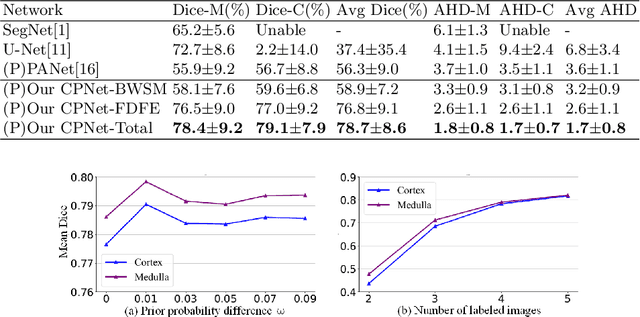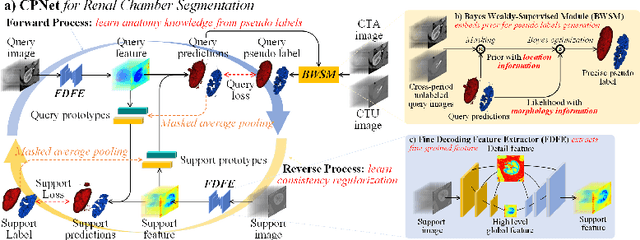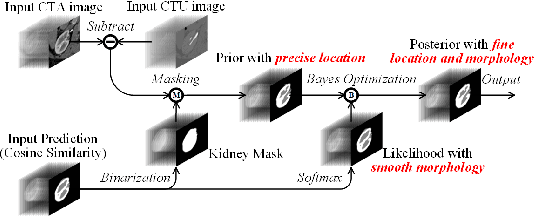Shaobo Zhang
Learning to Retrieve for Job Matching
Feb 21, 2024



Abstract:Web-scale search systems typically tackle the scalability challenge with a two-step paradigm: retrieval and ranking. The retrieval step, also known as candidate selection, often involves extracting standardized entities, creating an inverted index, and performing term matching for retrieval. Such traditional methods require manual and time-consuming development of query models. In this paper, we discuss applying learning-to-retrieve technology to enhance LinkedIns job search and recommendation systems. In the realm of promoted jobs, the key objective is to improve the quality of applicants, thereby delivering value to recruiter customers. To achieve this, we leverage confirmed hire data to construct a graph that evaluates a seeker's qualification for a job, and utilize learned links for retrieval. Our learned model is easy to explain, debug, and adjust. On the other hand, the focus for organic jobs is to optimize seeker engagement. We accomplished this by training embeddings for personalized retrieval, fortified by a set of rules derived from the categorization of member feedback. In addition to a solution based on a conventional inverted index, we developed an on-GPU solution capable of supporting both KNN and term matching efficiently.
A Semi-supervised Sensing Rate Learning based CMAB Scheme to Combat COVID-19 by Trustful Data Collection in the Crowd
Jan 17, 2023



Abstract:Mobile CrowdSensing (MCS), through employing considerable workers to sense and collect data in a participatory manner, has been recognized as a promising paradigm for building many large-scale applications in a cost-effective way, such as combating COVID-19. The recruitment of trustworthy and high-quality workers is an important research issue for MCS. Previous studies assume that the qualities of workers are known in advance, or the platform knows the qualities of workers once it receives their collected data. In reality, to reduce their costs and thus maximize revenue, many strategic workers do not perform their sensing tasks honestly and report fake data to the platform. So, it is very hard for the platform to evaluate the authenticity of the received data. In this paper, an incentive mechanism named Semi-supervision based Combinatorial Multi-Armed Bandit reverse Auction (SCMABA) is proposed to solve the recruitment problem of multiple unknown and strategic workers in MCS. First, we model the worker recruitment as a multi-armed bandit reverse auction problem, and design an UCB-based algorithm to separate the exploration and exploitation, considering the Sensing Rates (SRs) of recruited workers as the gain of the bandit. Next, a Semi-supervised Sensing Rate Learning (SSRL) approach is proposed to quickly and accurately obtain the workers' SRs, which consists of two phases, supervision and self-supervision. Last, SCMABA is designed organically combining the SRs acquisition mechanism with multi-armed bandit reverse auction, where supervised SR learning is used in the exploration, and the self-supervised one is used in the exploitation. We prove that our SCMABA achieves truthfulness and individual rationality. Additionally, we exhibit outstanding performances of the SCMABA mechanism through in-depth simulations of real-world data traces.
CPNet: Cycle Prototype Network for Weakly-supervised 3D Renal Compartments Segmentation on CT Images
Aug 15, 2021



Abstract:Renal compartment segmentation on CT images targets on extracting the 3D structure of renal compartments from abdominal CTA images and is of great significance to the diagnosis and treatment for kidney diseases. However, due to the unclear compartment boundary, thin compartment structure and large anatomy variation of 3D kidney CT images, deep-learning based renal compartment segmentation is a challenging task. We propose a novel weakly supervised learning framework, Cycle Prototype Network, for 3D renal compartment segmentation. It has three innovations: 1) A Cycle Prototype Learning (CPL) is proposed to learn consistency for generalization. It learns from pseudo labels through the forward process and learns consistency regularization through the reverse process. The two processes make the model robust to noise and label-efficient. 2) We propose a Bayes Weakly Supervised Module (BWSM) based on cross-period prior knowledge. It learns prior knowledge from cross-period unlabeled data and perform error correction automatically, thus generates accurate pseudo labels. 3) We present a Fine Decoding Feature Extractor (FDFE) for fine-grained feature extraction. It combines global morphology information and local detail information to obtain feature maps with sharp detail, so the model will achieve fine segmentation on thin structures. Our model achieves Dice of 79.1% and 78.7% with only four labeled images, achieving a significant improvement by about 20% than typical prototype model PANet.
 Add to Chrome
Add to Chrome Add to Firefox
Add to Firefox Add to Edge
Add to Edge